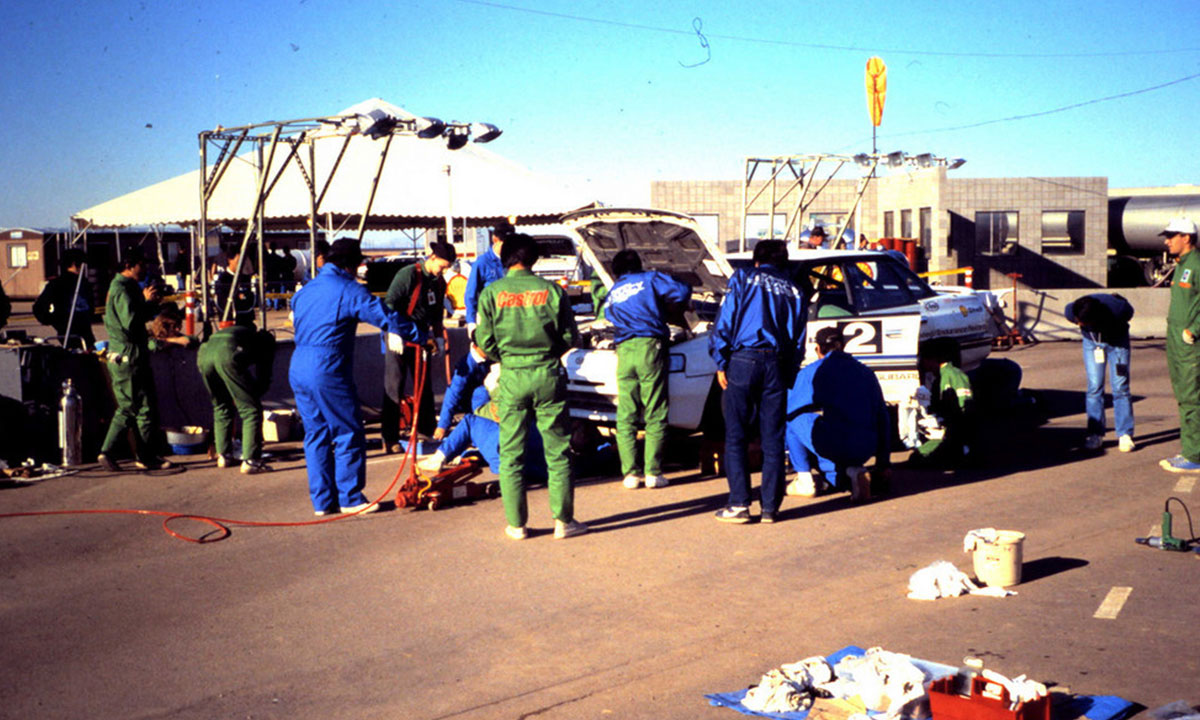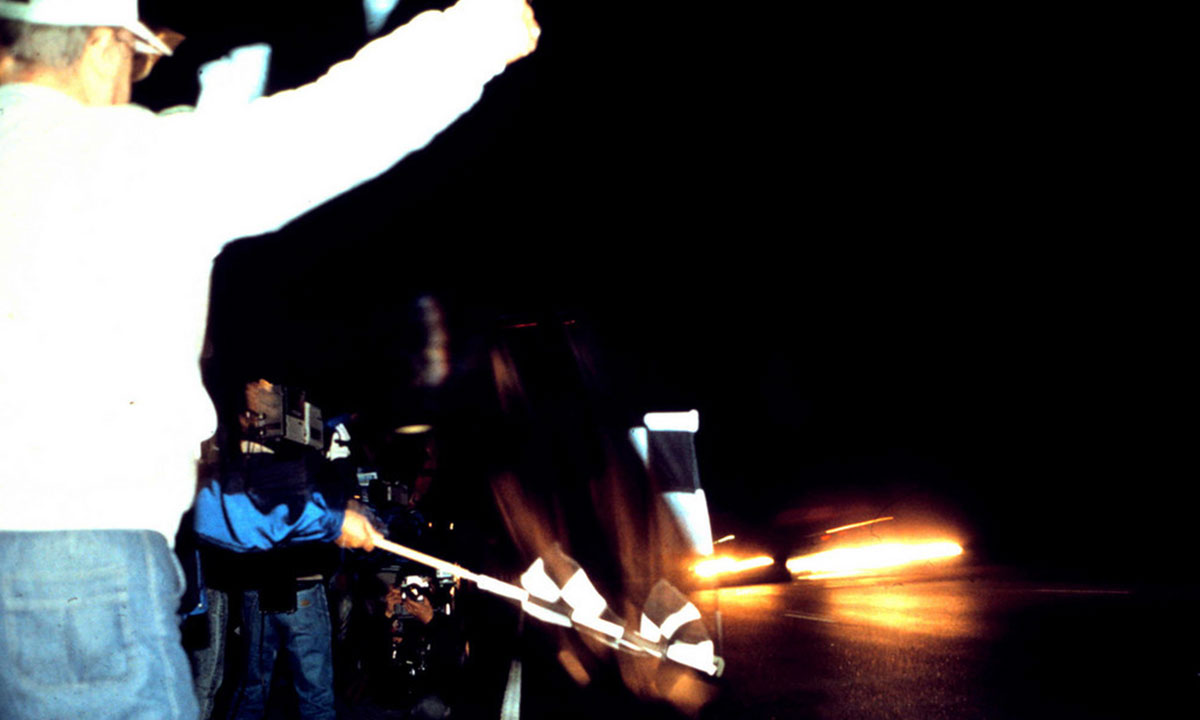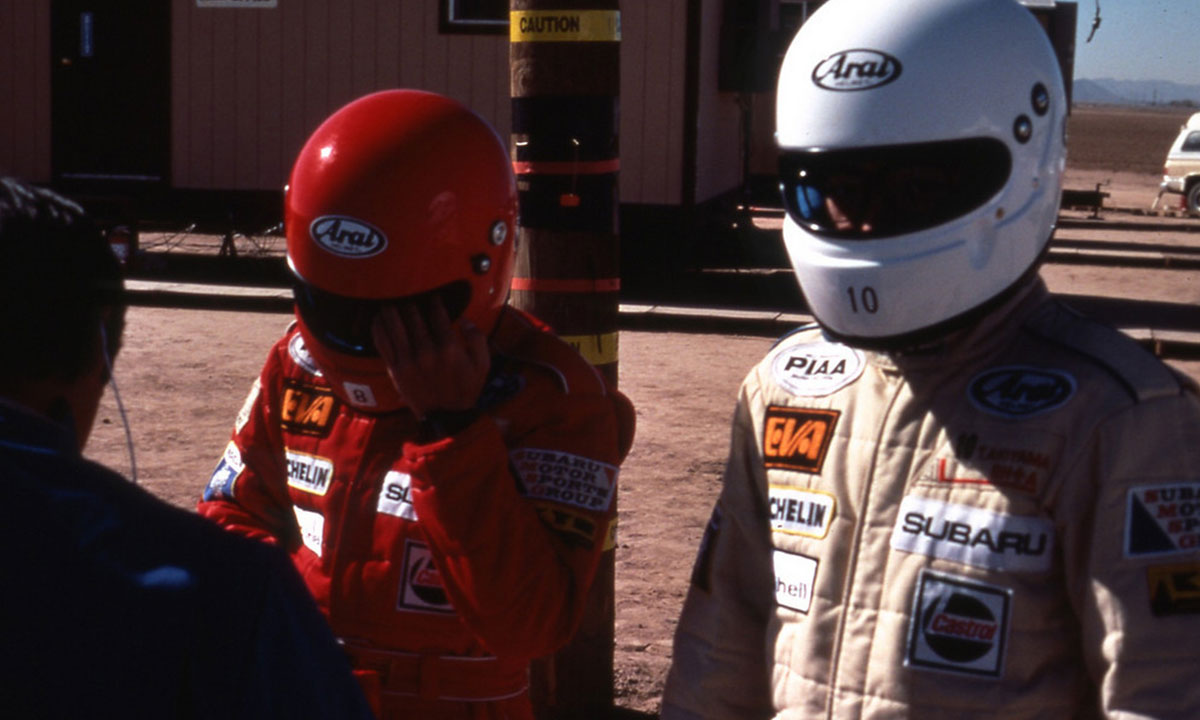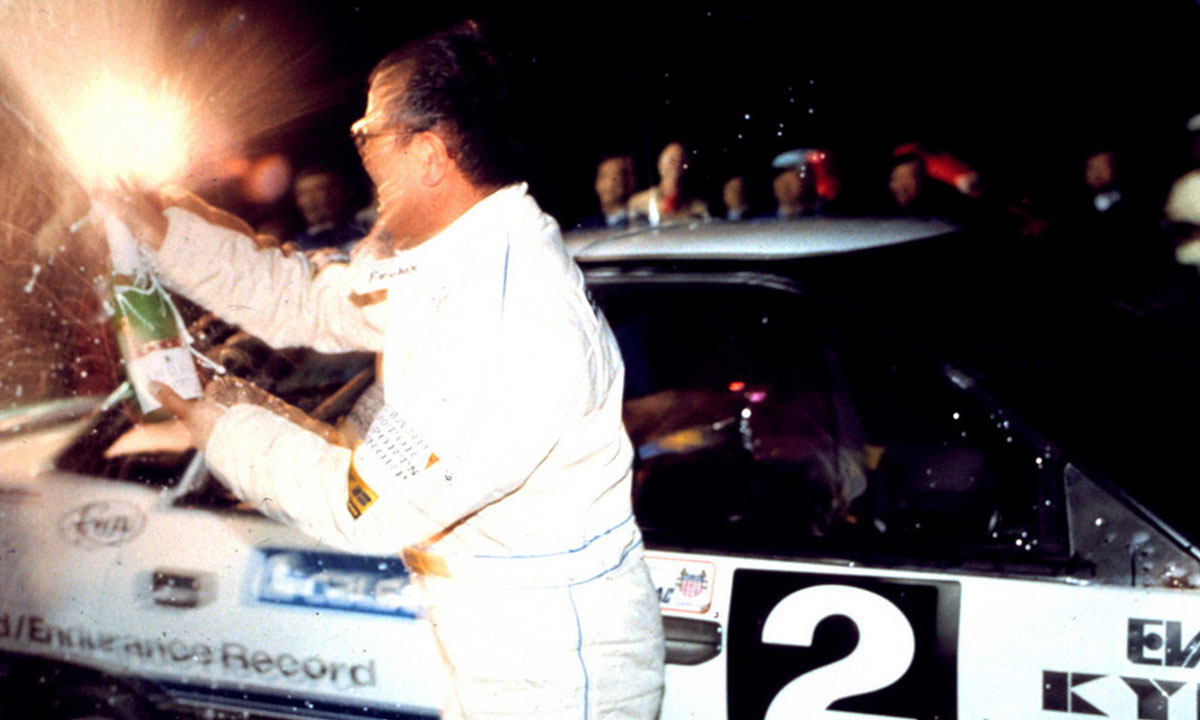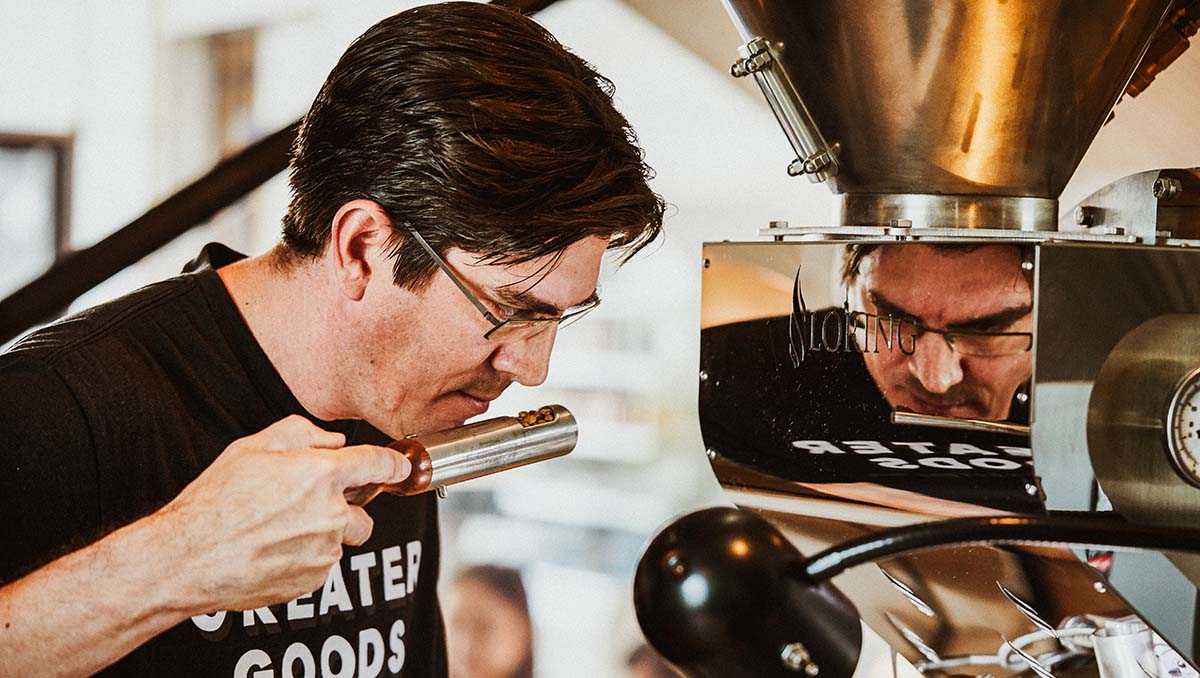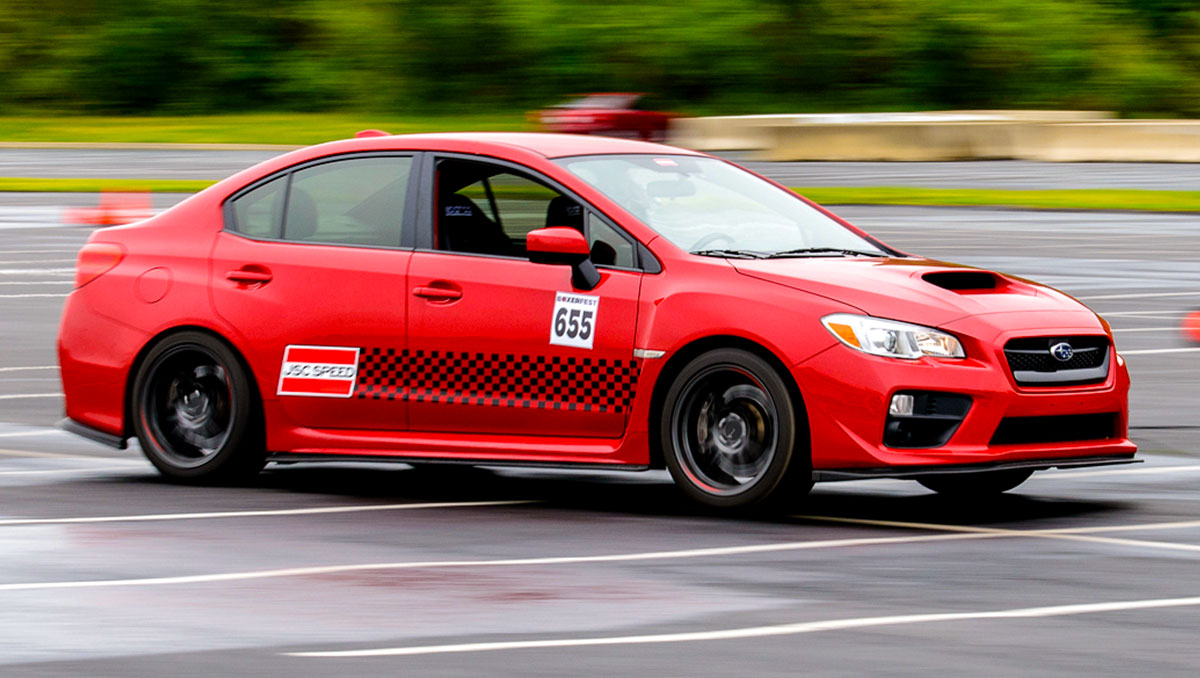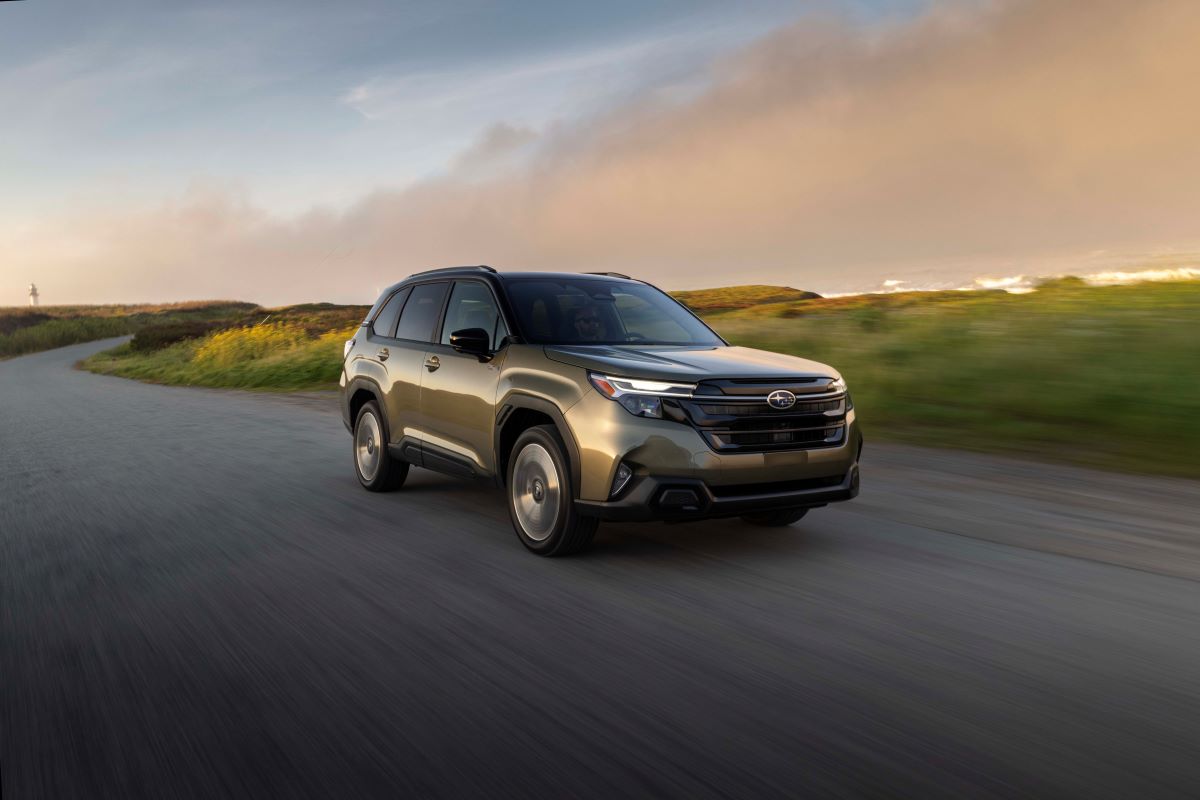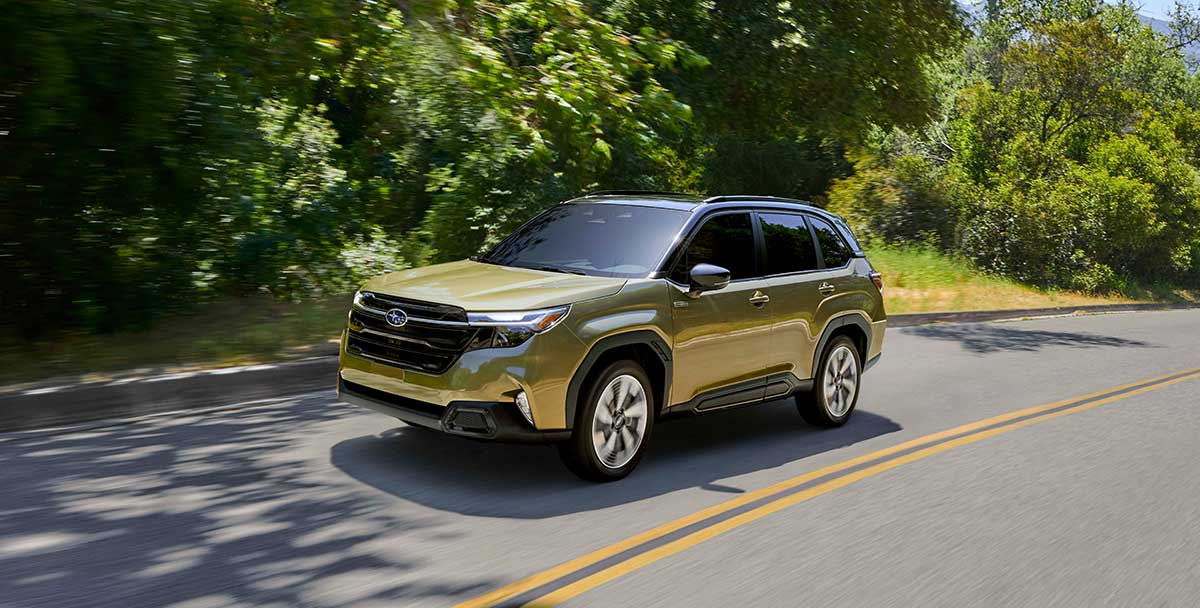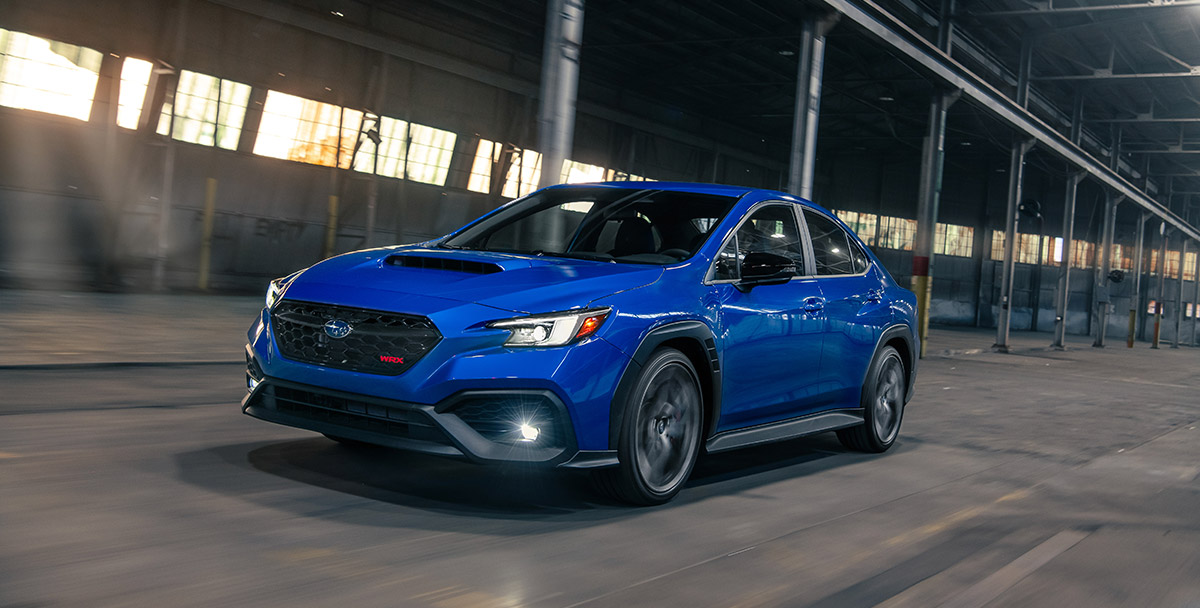Subaru was an established brand in 1990, but it was a year of transition. In previous years, it had been known for stout compact and subcompact cars, but that year, Subaru introduced its new flagship, the Legacy, to the United States. The early reviews for the Legacy (known as Loyale worldwide) were highly promising, and Subaru Technica International (STI) worked with Subaru of America to cook up a hot recipe to show just what this vehicle could do. It turned a trio of the vehicles loose on the enormous 5.7-mile banked speed oval at the Auto Test Center in Stanfield, Arizona, over most of the month of January 1989. The goal was to annihilate speed and endurance records in the production class of the Legacy. Subaru succeeded admirably, to say the least.
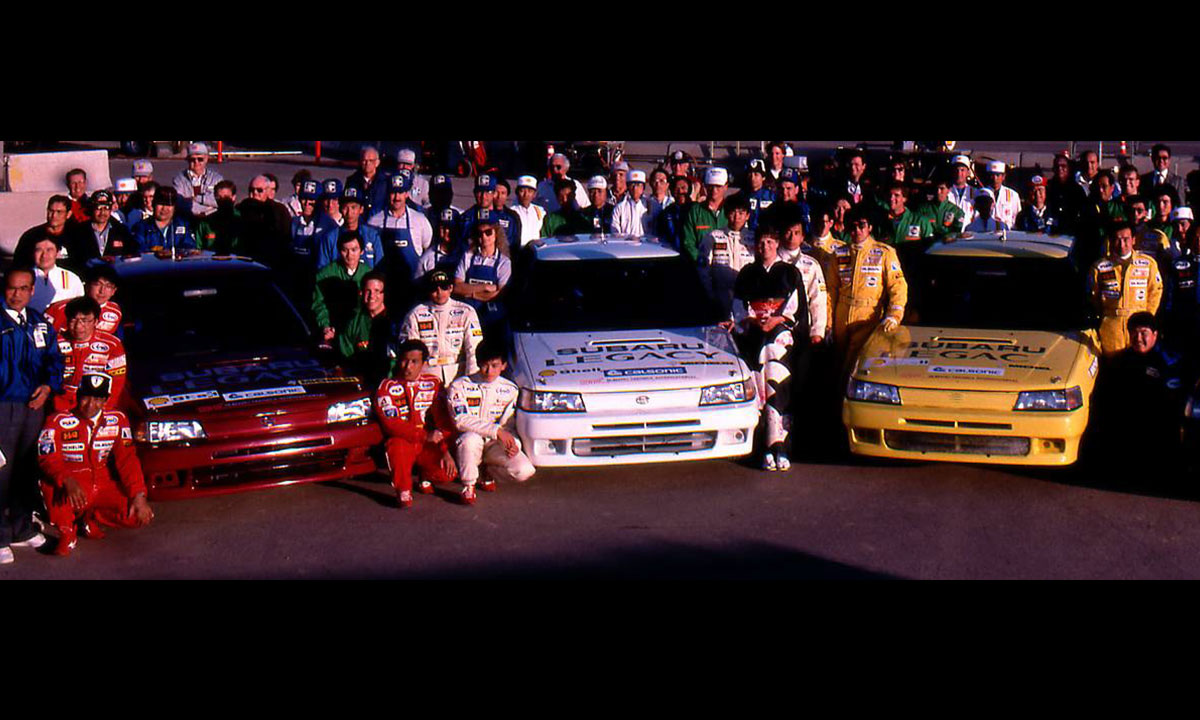
Part of the team effort was California-based auto industry veteran Tony Pearson, who was then involved in project and launch planning for Subaru of America. Tony worked with Roger Banowetz, then the manager of accessory research at Subaru Research and Development in Cypress, California. The test center was jointly owned by another manufacturer and Calsonic, which kept Fuji Heavy Industries supplied with exhaust and heating components. Because of its existing relationship with Calsonic, Subaru was able to rent the center.
The Holy Grail here was capturing the USAC and FIA records for 100,000 kilometers, or 62,137.12 miles, using AWD Legacy Sedans featuring the 2.0-liter, turbocharged EJ20 flat-four that powered the cars in the Japanese market. (The U.S. market received the EJ22.) Rain interfered with the record runs but the team pressed on, using 24 drivers. The cars ran nonstop except for fuel, oil, tire and driver changes over 18-plus consecutive days. “There were three vehicles, and one of them was the ‘rabbit,’” says Pearson, referring to the mechanical rabbit that paces greyhounds in dog racing. “Subaru had always been known as kind of a quirky car company, but with the new Legacy, it wanted to make a big splash, going after all the FIA records. Everybody knew this was going to be a once-in-a-lifetime thing.”
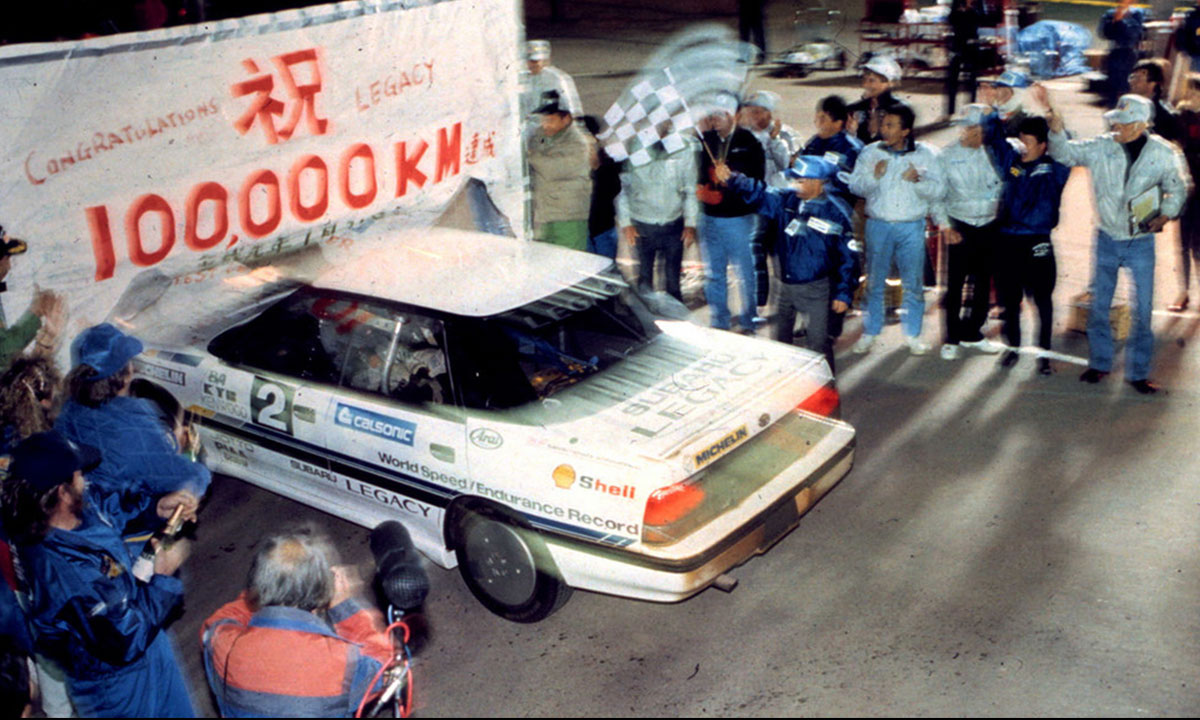
The record runs lasted 24 hours a day, seven days a week, with driver changes scheduled in two-hour shifts, which matched the fuel-tank range of the Legacy fleet. Driver changes took about 90 seconds. The right-hand-drive cars – a U.S.-certified version of the Legacy didn’t exist yet – were home-market versions. The cars clipped along at an average of 145 mph until the rains hit, but even then dropped their pace by only about 10 mph, says Pearson. They were fitted with roll bars, fuel cells and aerodynamic wheel discs.
On the support side, a man, his wife and his brother-in-law were responsible for feeding a mixed diet of hamburgers and rice to the team, around the clock. About a half-dozen people from Michelin monitored tire management, which required changes every 96 hours, while a team of students from Arizona State University checked air pressures and fluid levels.
— Tony Pearson
All the effort added up to victory. Averaging 138.780 mph over the 100,000 kilometers, Subaru clipped the USAC and FIA record for vehicles in its class. All told, it took Subaru 447 hours, 44 minutes, 9.887 seconds to capture the speed and distance mark for its category. It wasn’t all a breeze though, Pearson remembers. The lead car suffered from a fire caused by oil leaking onto its exhaust and also struck a jackrabbit on the track, damaging its front chin spoiler.
Despite the obstacles, some 14 international records fell to the Subaru Legacy. There’s a photo, Pearson says, that shows one of the Fuji Heavy Industries team drivers wiping away tears after the record was secured. Pearson understood perfectly. “I think they only did one TV commercial about the run,” he says. “But this was what helped to build the reputation of Subaru in the United States.”

